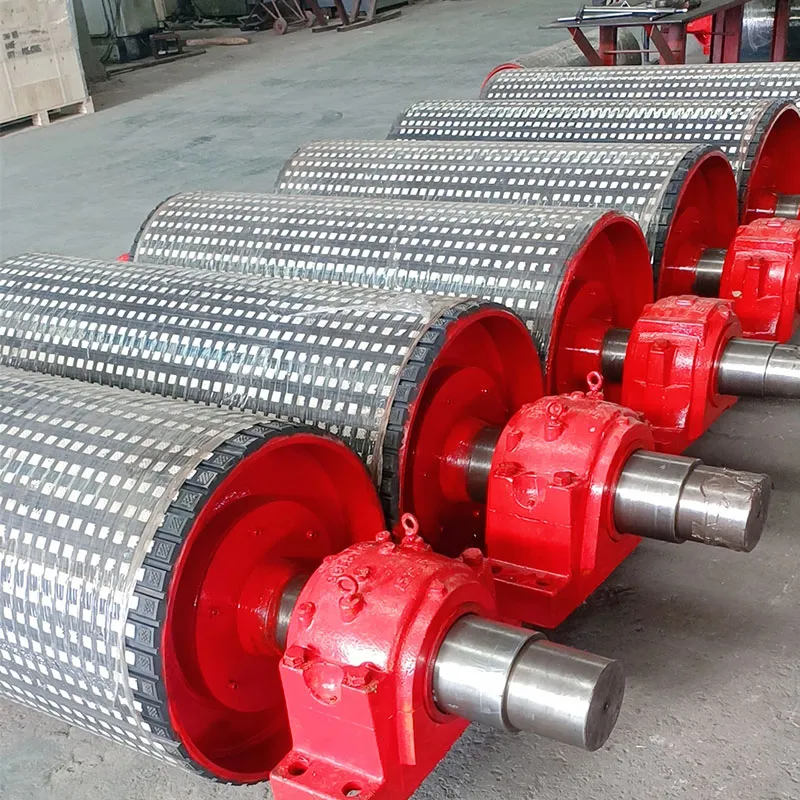 Afrikaans
Afrikaans  Albanian
Albanian  Amharic
Amharic  Arabic
Arabic  Armenian
Armenian  Azerbaijani
Azerbaijani  Basque
Basque  Belarusian
Belarusian  Bengali
Bengali  Bosnian
Bosnian  Bulgarian
Bulgarian  Catalan
Catalan  Cebuano
Cebuano  Corsican
Corsican  Croatian
Croatian  Czech
Czech  Danish
Danish  Dutch
Dutch  English
English  Esperanto
Esperanto  Estonian
Estonian  Finnish
Finnish  French
French  Frisian
Frisian  Galician
Galician  Georgian
Georgian  German
German  Greek
Greek  Gujarati
Gujarati  Haitian Creole
Haitian Creole  hausa
hausa  hawaiian
hawaiian  Hebrew
Hebrew  Hindi
Hindi  Miao
Miao  Hungarian
Hungarian  Icelandic
Icelandic  igbo
igbo  Indonesian
Indonesian  irish
irish  Italian
Italian  Japanese
Japanese  Javanese
Javanese  Kannada
Kannada  kazakh
kazakh  Khmer
Khmer  Rwandese
Rwandese  Korean
Korean  Kurdish
Kurdish  Kyrgyz
Kyrgyz  Lao
Lao  Latin
Latin  Latvian
Latvian  Lithuanian
Lithuanian  Luxembourgish
Luxembourgish  Macedonian
Macedonian  Malgashi
Malgashi  Malay
Malay  Malayalam
Malayalam  Maltese
Maltese  Maori
Maori  Marathi
Marathi  Mongolian
Mongolian  Myanmar
Myanmar  Nepali
Nepali  Norwegian
Norwegian  Norwegian
Norwegian  Occitan
Occitan  Pashto
Pashto  Persian
Persian  Polish
Polish  Portuguese
Portuguese  Punjabi
Punjabi  Romanian
Romanian  Russian
Russian  Samoan
Samoan  Scottish Gaelic
Scottish Gaelic  Serbian
Serbian  Sesotho
Sesotho  Shona
Shona  Sindhi
Sindhi  Sinhala
Sinhala  Slovak
Slovak  Slovenian
Slovenian  Somali
Somali  Spanish
Spanish  Sundanese
Sundanese  Swahili
Swahili  Swedish
Swedish  Tagalog
Tagalog  Tajik
Tajik  Tamil
Tamil  Tatar
Tatar  Telugu
Telugu  Thai
Thai  Turkish
Turkish  Turkmen
Turkmen  Ukrainian
Ukrainian  Urdu
Urdu  Uighur
Uighur  Uzbek
Uzbek  Vietnamese
Vietnamese  Welsh
Welsh  Bantu
Bantu  Yiddish
Yiddish  Yoruba
Yoruba  Zulu
Zulu accessory belt idler pulley
Understanding the Accessory Belt Idler Pulley Function, Importance, and Maintenance
The accessory belt idler pulley is a critical component found in many vehicles today, playing an essential role in the overall function of the engine’s accessory drive system. This system encompasses various components driven by the crankshaft via the serpentine belt, including the alternator, power steering pump, water pump, and air conditioning compressor. Among these components, the idler pulley maintains proper tension on the serpentine belt, ensuring that all accessories function optimally.
Function of the Idler Pulley
The primary function of the accessory belt idler pulley is to guide and support the serpentine belt as it travels around various pulleys. By acting as a tensioning point, it helps keep the belt under the right amount of tension, which is crucial for efficient operation. If the belt is too loose, it can slip off the pulleys, leading to loss of power to the accessories, while too much tension can result in excessive wear or even breakage of the belt.
The idler pulley also plays a role in the alignment of the belt. Proper alignment is critical to prevent undue wear to both the belt and associated components. An idler pulley that is misaligned or malfunctioning can cause the belt to wear unevenly or generate excessive noise, which can be an early warning sign of issues that need addressing.
Importance of the Idler Pulley
The accessory belt idler pulley is more than just a supporting component; it is integral to the reliability and efficiency of the vehicle's engine. A failing idler pulley can lead to multiple problems, including
1. Belt Slippage If the idler pulley is damaged or worn out, the serpentine belt may slip, resulting in compromised performance of the accessories. For example, a slipping alternator belt can lead to battery drainage, affecting the vehicle's electrical systems.
2. Noise A faulty idler pulley can create unusual noises, such as squeaking or grinding. These sounds often indicate a problem that should be investigated promptly to avoid more significant damage.
accessory belt idler pulley

3. Accessory Failure Over time, a neglected or failing idler pulley can cause increased stress on the components driven by the serpentine belt, leading to premature failure of expensive parts, such as the alternator or power steering pump.
Maintenance of the Idler Pulley
Regular maintenance of the accessory belt idler pulley is essential for the longevity of both the pulley and the serpentine belt. Here are some important maintenance tips
1. Inspection During regular vehicle maintenance, always inspect the idler pulley for wear and tear. Look for signs of damage, such as cracking, fraying, or excessive play in the pulley.
2. Belt Condition Check the condition of the serpentine belt as well. A worn belt can place additional strain on the idler pulley.
3. Replacement If any signs of wear are detected, it is often prudent to replace the idler pulley along with the serpentine belt. This not only prevents further complications but also ensures that the new components work together effectively.
4. Professional Assistance If unsure about the condition of the idler pulley or associated parts, consult a qualified mechanic. They can provide a thorough check-up and recommend necessary replacements or repairs.
Conclusion
The accessory belt idler pulley may be a small component, but its impact on vehicle performance is substantial. By ensuring that it remains in good condition, vehicle owners can prevent potential issues and enhance the reliability of their engine’s accessory drive system. Regular inspections and timely maintenance can save drivers from costly repairs and ensure that their vehicles run smoothly and efficiently for years to come. Always remember a well-maintained idler pulley is key to a well-functioning engine!
-
Revolutionizing Conveyor Reliability with Advanced Rubber Lagging PulleysNewsJul.22,2025
-
Powering Precision and Durability with Expert Manufacturers of Conveyor ComponentsNewsJul.22,2025
-
Optimizing Conveyor Systems with Advanced Conveyor AccessoriesNewsJul.22,2025
-
Maximize Conveyor Efficiency with Quality Conveyor Idler PulleysNewsJul.22,2025
-
Future-Proof Your Conveyor System with High-Performance Polyurethane RollerNewsJul.22,2025
-
Driving Efficiency Forward with Quality Idlers and RollersNewsJul.22,2025





























